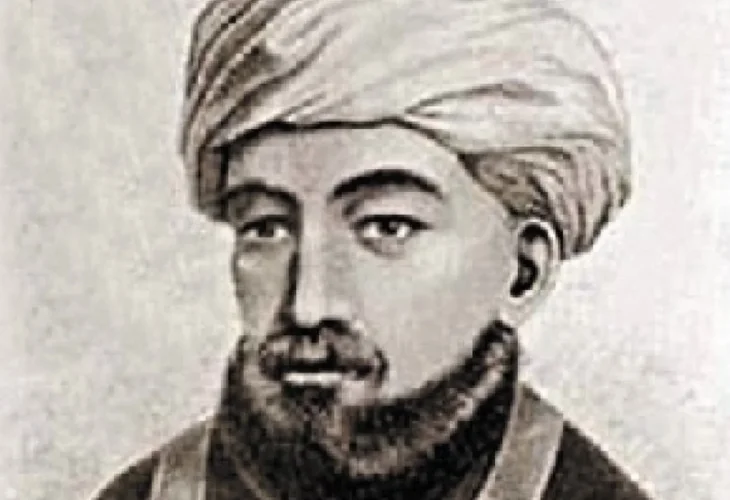Torah Personalities
The Life and Legacy of the Rambam (Maimonides)
From Cordoba to Cairo, from Torah to Medicine: The Remarkable Journey of Rabbi Moshe ben Maimon

A Brilliant Beginning Amidst Tragedy
Rabbi Moshe ben Maimon, known as the Rambam, was born on the eve of Passover in Cordoba, Spain, nearly 890 years ago. He descended from a distinguished rabbinic family, tracing his lineage to Rabbi Yehuda HaNasi, the redactor of the Mishnah. Tragically, his mother passed away in childbirth, leaving his father to raise him alone. From a young age, the Rambam was immersed in Torah learning and instilled with a deep love and awe for Hashem.
Beyond his Torah scholarship, the Rambam pursued knowledge in medicine, mathematics, astronomy, and philosophy, using his mastery of these disciplines in service of Torah and Divine wisdom.
Exile and Leadership in North Africa
As persecution against Jews intensified in Spain, the Rambam’s family fled to Fez, Morocco. There he studied medicine more intently and emerged as a Jewish leader with the publication of his “Iggeret HaShmad” ("Epistle on Apostasy"). In this powerful letter, the Rambam encouraged Jews who had been forced to convert outwardly to Islam to remain firm in their Jewish faith. He taught that such individuals were not idol worshippers and that the rule of “die rather than transgress” did not apply in this context. Nevertheless, he urged them to seek refuge in lands where they could observe Torah and mitzvot (Divine commandments) openly.
Five years later, the Rambam was forced to flee Morocco following public displays of Jewish observance, most notably carrying the four species during Sukkot, which put him at odds with local authorities. He traveled to the Land of Israel but, due to economic hardship, soon settled in Egypt.
Tragedy and Transformation in Egypt
In Egypt, the Rambam suffered a series of personal losses. His father passed away, followed by the deaths of two of his children and his wife. Later, his beloved brother drowned at sea. This brother had financially supported the Rambam, enabling him to study Torah full-time. His death brought emotional devastation and forced the Rambam to turn to medicine to support himself. His medical career flourished, and he was eventually appointed court physician to the king of Egypt.
Despite his burdens, the Rambam’s influence in Torah scholarship and community leadership grew rapidly. As if by Divine hint, his name and mission seem encoded in the biblical phrase “Rabot Moftai b’Eretz Mitzrayim” (“There are many wonders in the land of Egypt” – Shemot 11:9), whose initials spell “Rambam.”
The Rambam’s Lasting Contributions to Jewish Thought
Among his most important works:
Mishneh Torah (also called Yad HaChazakah) – A comprehensive 14-volume codification of Jewish law that clearly and categorically organizes all halachot (Jewish laws). It includes not only laws relevant to daily life but also those applicable during the time of the Temple. This work provides a full panorama of the Oral Torah and is considered a cornerstone of Jewish learning and scholarship.
Sefer HaMitzvot – A listing and explanation of the Torah’s 613 commandments, accompanied by the Rambam’s criteria for how mitzvot are counted. This work offers a clear framework for understanding the entire mitzvah system. The Lubavitcher Rebbe famously encouraged all Jews to participate in a daily study cycle of Sefer HaMitzvot or Mishneh Torah as a way of uniting the Jewish people through Torah learning.
The Rambam also authored a commentary on the Mishnah, the philosophical treatise Moreh Nevuchim ("Guide for the Perplexed"), various medical texts, and numerous influential letters.
A Lasting Light for All Generations
Nicknamed “HaNesher HaGadol” (the Great Eagle), the Rambam is revered across all Jewish communities. The saying “From Moshe to Moshe, none arose like Moshe” reflects the singular greatness he achieved. He passed away at the age of seventy on the 20th of Tevet and was buried in Tiberias.

